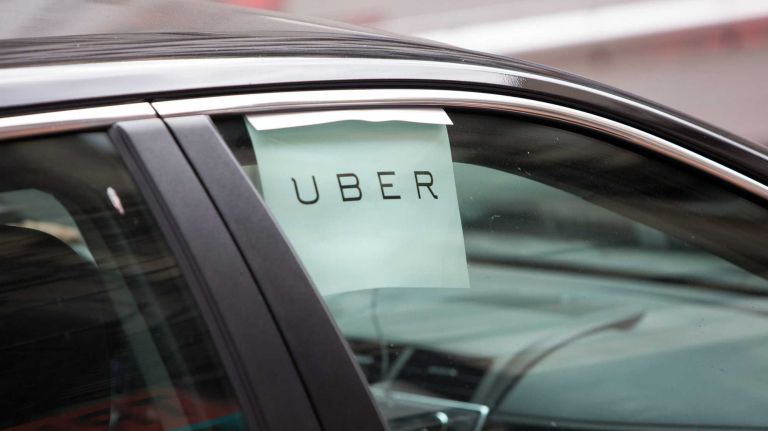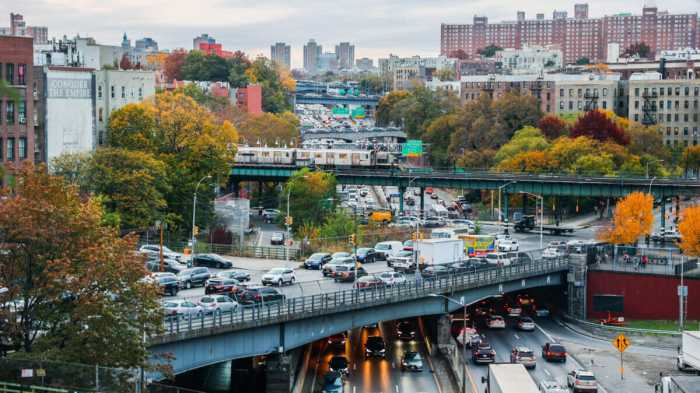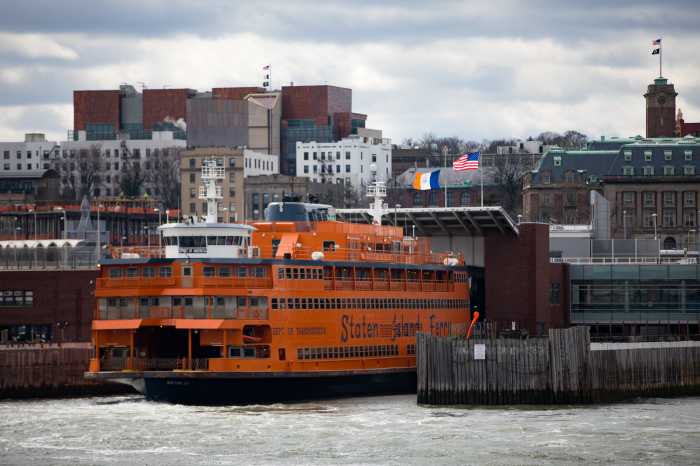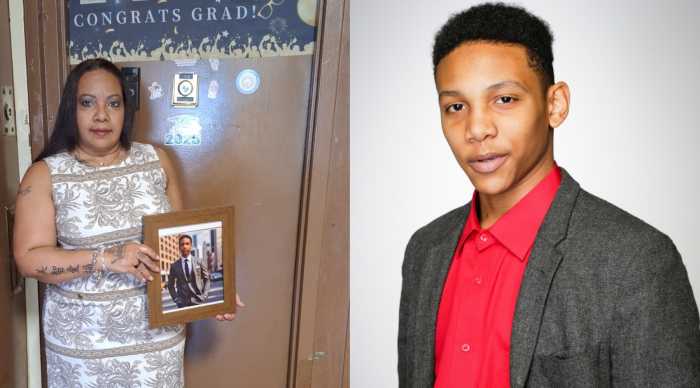A judge has curbed Mayor Bill de Blasio’s tightening regulations of companies like Uber and Lyft.
A new city rule instituting a “cruising cap” on e-hail companies is not legal, a Manhattan Supreme Court judge ruled Monday. The cap would have taken effect in February and would have limited the amount of time e-hail cars could drive around without a passenger in Manhattan, below 96th Street.
Justice Lyle Frank in his decision found the rule to be “arbitrary and capricious” and argued that the city had “scant rationale” for its mechanisms.
Announced back in June as a way to reduce congestion, companies like Uber and Lyft would have to ensure drivers are passenger-less no more than 36% of the time while in that Manhattan zone. That rate would have tightened to 31% by August 2020.
But Frank found no sound reasoning to institute caps at those percentages.
“There is simply no indication where the numbers come from,” he wrote, stating that the city should have conducted a review to calculate cruising rates.
“The Court agrees with the petitioners that [the city’s] rationale is simply insufficient…as the numbers should have been derived at as a result of the review undertaken, and not as a starting point.
He also wrote it was “problematic” that the rule would also include the time a driver spends traveling to the next fare, since the city has stated that the congestion stems instead from the time drivers hang around, either driving, parked, or double-parked, waiting for their next trip.
Companies would have faced fines or had their operating licenses revoked if they failed to meet the regulations.
“We are pleased that the court recognized that Mayor de Blasio’s cruising cap is arbitrary,” said Uber spokesman Harry Hatfield in a statement. “Uber remains committed to fighting for driver flexibility in the face of politically-motivated regulations and to stand up for policies that actually combat congestion.”
The ride-hailing giant Uber had also sued against the city’s cap on for-hire vehicle licenses, but that suit was thrown out of court.
De Blasio administration spokesperson Olivia Lapeyrolerie said the city is reviewing legal options, including an appeal. the city has seen a huge surge in e-hailing vehicles in recent years, which studies have shown contribute to the mounting traffic on city streets.
“These corporations have flooded our streets with so many cars that more than 40% drive around empty and clog our streets,” Lapeyrolerie said in a statement. “These 85,000 new vehicles create significant environmental problems, as well as make it a headache for New Yorkers to get around the City in a timely fashion.
“We put these rules in place to protect hardworking drivers and New Yorkers — and we’ll fight to keep them,” she added.
The city already incentivizes companies to keep drivers busy with fares. The Taxi & Limousine Commission’s minimum wage requirement, which took effect this past February, requires e-hail companies to pay their drivers $17.22 per hour. If that money is not made through the farebox, the companies are on the hook to pay the difference.
That rule has been controversial as well. Lyft, which aggressively fought that policy, has booted some drivers from its app to reduce the amount of time drivers on cruising while on the clock.






























